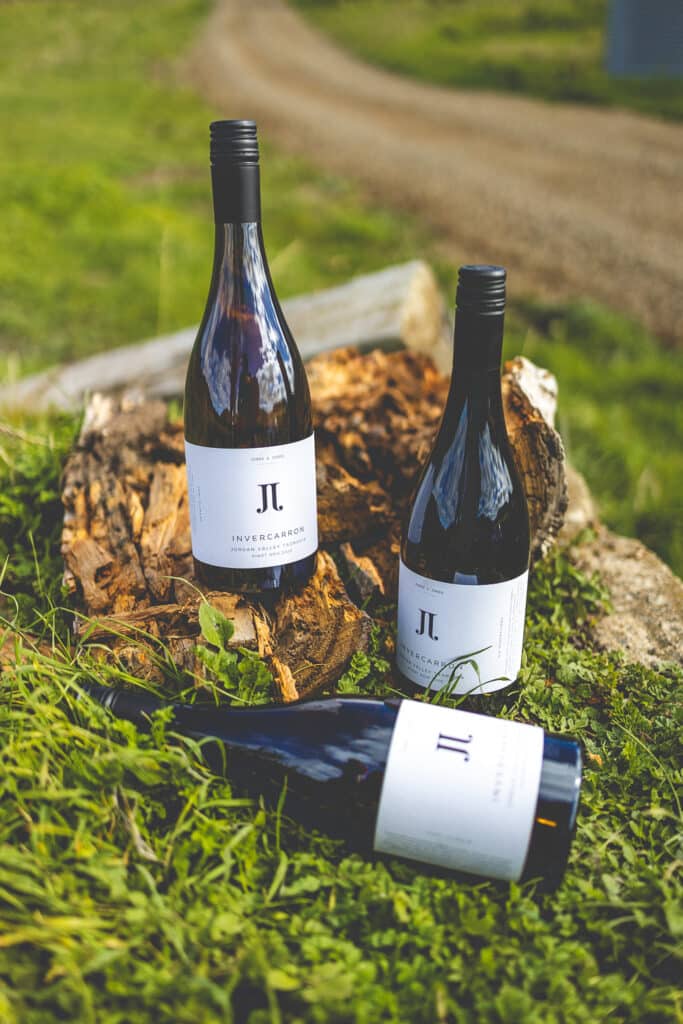Lifestyle seekers and investors are still swooning over the prospect of owning a country vineyard or large-scale winery.
If the idea of owning your very own vineyard appeals, there are many currently listed across Australia from boutique vineyards at under $1 million to large operations asking for tens of millions. The large supply is underpinned by the still booming regional lifestyle market.
Acumentis Regional Director, James Simpson is lucky enough to live in the Orange Wine Region, in the Central Tablelands of New South Wales. He knows his way around a winery both personally and professionally, having valued many and specialising in this asset class.
We asked James about this niche asset class to find out more about who’s buying, what’s fueling demand, and the outlook for Australian wineries.
Why are there so many wineries currently on the market?
We are seeing a lot of smaller winery assets including cellar doors, functions centres, boutique vineyards, and accommodation providers listed as this segment of the market is firmly underpinned by the lifestyle property market. The lifestyle property market is currently still booming throughout many regional locations across the country.
Who is likely to buy a smaller winery?
Potential buyers of wineries are generally a range of investors. In today’s market, these investors are lifestyle motivated. We are seeing buyers primarily coming from metropolitan areas seeking the tree change in lifestyle, and/or they are existing operators looking to scale operations or diversify their offering. They are often not solely motivated by the production of the vineyard, or the potential net income from the cellar door, rather they are buying themselves a lifestyle and a job at the same time. Agents specializing in sales within this asset class are reporting record-breaking sales volumes and value quantum results through the COVID period.



Who are the potential buyers of large wineries?
We are seeing institutional investors re-enter the market seeking assets of scale that will provide upside. The recent listing of Casella Family Brands (CFB) is an example of this. It includes more than 7,000 ha of established vineyards and land across NSW and South Australia and will likely attract institutional investment. The proposed sale, according to John Casella, will include the vineyards and support land, extensive plant and equipment, water entitlements, and long-term supply agreements with Casella. Importantly, CFB plans to retain the company’s wineries and existing brands, and any sale proceeds will be reinvested into the wineries and wine brands, with agreements to retain fruit supply with the incoming purchaser.
Woolworths has recently re-entered the market after a long hiatus, essentially securing supply for their premium drinks division. A recent deal has seen Endeavour Group (Woolworths) secure a premium band in Tasmania, Joseph Chromey Wines, for $55M, which will be operated by an agricultural fund, with Endeavour Group maintaining supply agreements for the premium brands.
Is there still a significant migration towards regional and rural areas?
Significant migration out of metropolitan areas is still taking place, although at a slower pace than it was 12 months ago. This has also been reflected in some of the ‘heat’ coming out of the residential market in many regional locations, including Orange and the Central West of NSW. Agents are reporting there is still strong buyer demand, with asking prices still being exceeded in many cases, however, the ‘fear of missing out’ has now been curtailed. This ongoing demand is certainly a contributing factor to the number of wineries listed for sale
How will wineries perform over the medium/long-term?
The long-term outlook for Australian wine is favorable, despite the China wine tariff implementation. Domestic consumption of wine is also at the highest rate it has been for some decades. This is having a positive effect on the market, but not to the degree the property boom is having.
Quite often the medium to larger-scale assets will have multiple income streams such as weddings/functions, accommodation, a restaurant, or cellar door, which enables the investor the opportunity to partially lease some of the operations to third parties, whereby passive income is generated, with complementary offerings being gained throughout the business.
If you are looking for advice on any specialized asset class or would like to find out more contact our friendly team.